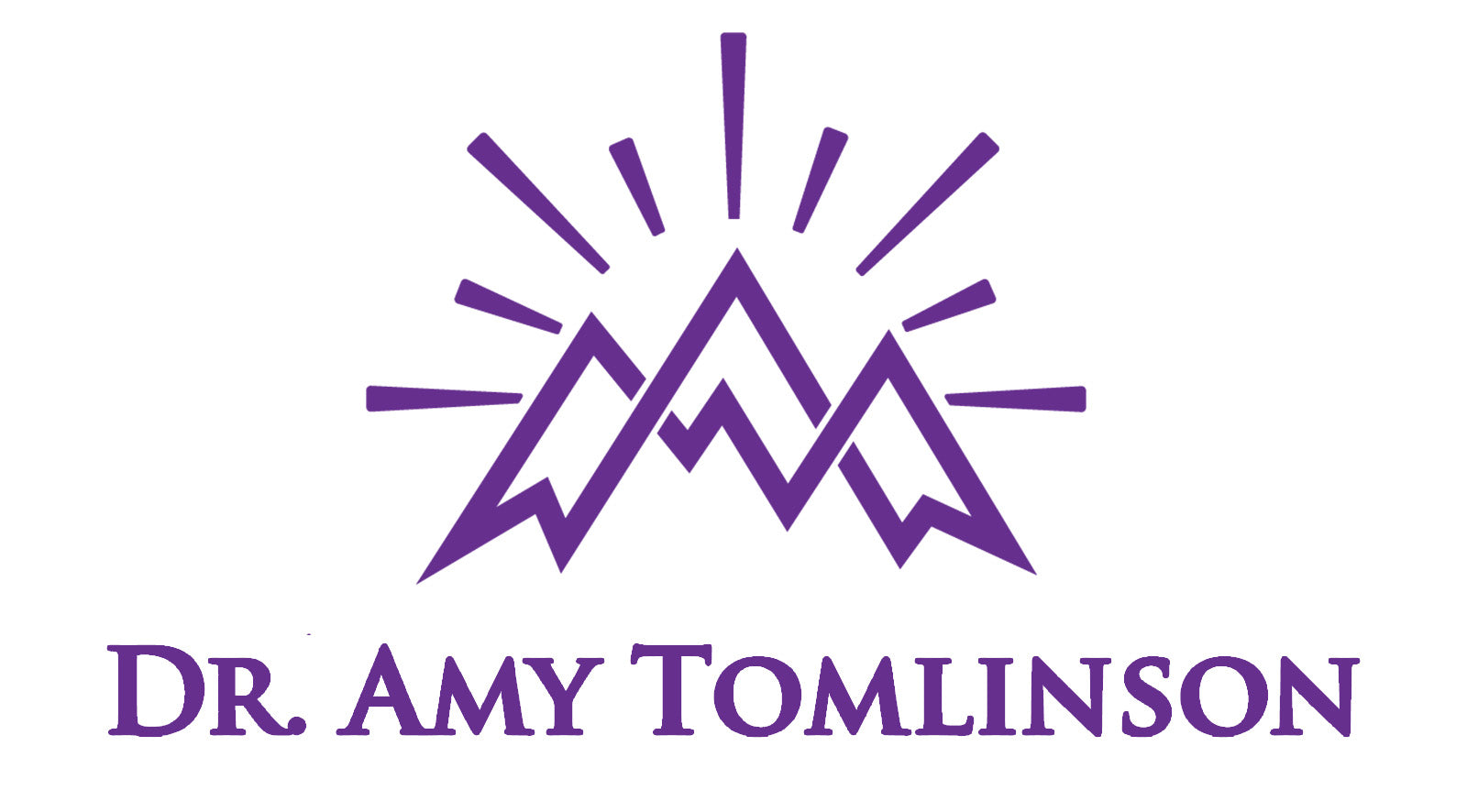Endometriosis is a complex and often misunderstood condition that affects an estimated 1 in 10 women during their reproductive years. This condition occurs when tissue similar to the lining of the uterus grows outside the uterine cavity, leading to a myriad of symptoms that can significantly impact a woman's quality of life. Through this blog, we aim to shed light on endometriosis, focusing on its causes, symptoms, and the range of treatment options available, as guided by the compassionate expertise of Dr. Amy Tomlinson.

Understanding Endometriosis
Endometriosis is characterized by the growth of endometrial-like tissue outside the uterus, which can cause pain, inflammation, and scar tissue formation. This tissue behaves like the lining of the uterus, thickening, breaking down, and bleeding with each menstrual cycle. However, since it has no way to exit the body, it becomes trapped, leading to endometriosis' characteristic pain and, in some cases, fertility issues.
Recognizing the Symptoms
The symptoms of endometriosis can vary widely, but the most common include:
- Painful periods (dysmenorrhea): Beyond typical menstrual cramps, the pain can be severe and radiate to the lower back and abdomen.
- Pain with intercourse: Pain during or after sex is common among those with endometriosis.
- Pain with bowel movements or urination:Usually experienced during menstrual periods.
- Excessive bleeding: Occasional heavy periods (menorrhagia) or bleeding between periods.
- Infertility: Endometriosis can affect fertility, often discovered in women seeking treatment for infertility.
Delving into the Causes
The exact cause of endometriosis remains unknown, but several theories exist, including retrograde menstruation, genetic factors, hormonal imbalances, and immune system disorders. Despite the uncertainty, understanding potential causes helps in managing the condition and devising effective treatment plans.
Navigating Treatment Options
Treatment for endometriosis is personalized, ranging from pain management to improving fertility. Options include:
- Medication: Nonsteroidal anti-inflammatory drugs (NSAIDs) can help ease painful periods, and hormonal therapies can slow endometrial tissue growth.
- Surgery: For more severe cases or when fertility is affected, surgery to remove as much endometriosis as possible may be recommended.
- Holistic Approaches: Diet changes, acupuncture, and physical therapy may complement medical treatments to manage symptoms.
Managing Pain and Fertility Challenges
Pain management is a cornerstone of endometriosis treatment, with a focus on both alleviating symptoms and maintaining quality of life. For those facing fertility challenges, consulting with a specialist is crucial. Dr. Amy Tomlinson's holistic approach emphasizes comprehensive care, incorporating both conventional and alternative therapies to address the full spectrum of the condition's impact.
Empowerment Through Education and Support
Understanding endometriosis is the first step toward empowerment. Dr. Amy Tomlinson's commitment to patient education ensures that women are informed, supported, and prepared to navigate their health journeys. Whether it's managing pain, exploring treatment options, or addressing fertility concerns, Dr. Tomlinson's practice offers a beacon of hope and healing for those affected by endometriosis.
Endometriosis is a challenging condition, but with the right support and treatment plan, women can manage their symptoms and lead fulfilling lives. Dr. Amy Tomlinson's dedication to her patients' well-being shines a light on the path to managing endometriosis effectively. For those looking to learn more or seeking support, Dr. Tomlinson's practice stands ready to provide compassionate, personalized care tailored to each woman's unique needs and health goals. Together, we can unveil the mysteries of endometriosis and forge a path toward wellness and empowerment.
















